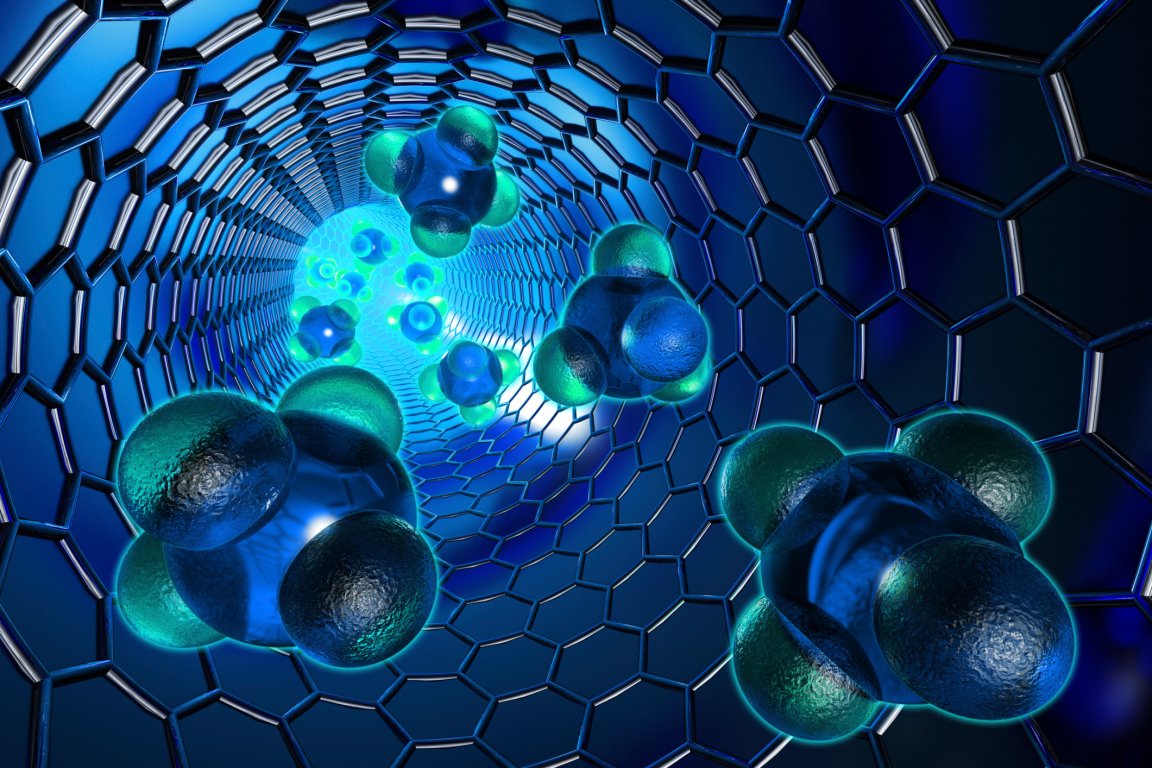
Taking Inspiration From Mother Nature
Nanorobotics has long been touted as one of the most promising “miracle technologies” of the future. But one of the fundamental problems with such extreme miniaturization is how to “program” nanobots—after all, you can’t very well shrink computer circuitry to fit within nanometer-scale technology.
But now, two researchers, Joseph Wang of UC San Diego and Jennifer Balazs of the University of Pittsburgh, may have found an ingenious way to circumvent this problem. Forget computer controls and artificial intelligence programming—let the laws of physics at the nano-scale do all the programming for you.
Inspired by the autonomous nanobots that evolution has furnished the human body—such as blood platelets that automatically clot and repair cuts—the pair wondered if they couldn’t create self-healing circuitry using nanobots acting on similar principles.

A “Two-Faced” Solution
The researchers used spherical, bi-faced nanomotors made of gold and platinum—cleverly called “Janus particles,” after the two-faced Roman god of doorways and (fittingly enough) the beginning of new undertakings.
These Janus particles, one thousand times smaller than a pinhead, exhibit different chemical behaviors for either face—basically, the two sides have different properties—an important consideration in their selection. To test their process, the researchers created a simple circuit between an LED light and a battery, and then broke the circuit with a tiny scratch.
The Janus particles were dissolved into a solution of hydrogen peroxide, and poured onto the circuit. The importance of the hydrogen peroxide is that the platinum half of the particles react with it to produce oxygen, which propels the particles like mini-rockets.
After about 30 minutes, the solution was removed and the battery switched on and lo!—the LED was lit. The researchers believe that the nanoparticles, propelled by the chemical reaction, swarmed over the break, where the gold half of the nanobots naturally “sensed” differing surface energies at the scratch, settled into the gap, and thereby repaired the circuit.

It’s a small achievement, on the face of it, but its implications are startling. Imagine spray-on solutions to repair small and complicated circuits, computers, and other devices; better yet, think of all the medical applications, with nanobots that use the body’s chemistry to repair damaged tissues.
This could just be the breakthrough nanotech has been waiting for.